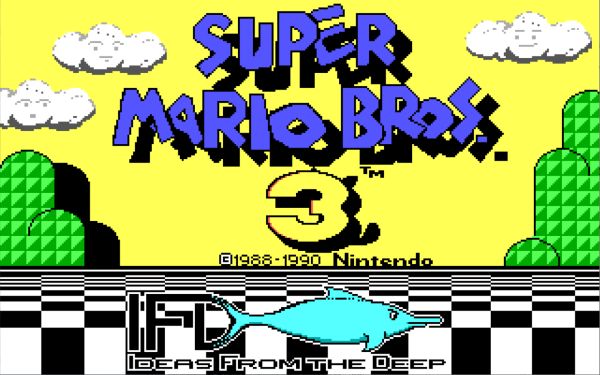
David Kushner meticulously detailed the story of id Software’s founding in 2003’s Masters of Doom, tracking the legendary development team’s history back through the creation of Wolfenstein 3D and Doom. But before all that, John Carmack and John Romero approached Nintendo with the idea of releasing Super Mario Bros. 3 for the PC.
Nintendo’s signature brand of platforming wasn’t possible on the underpowered PCs of the time, but Carmack cracked the code in 1990 with the creation of his “smooth scrolling” engine. Sensing that this was a very big deal, the team (then known as IFD: Ideas from the Deep) got to work producing a prototype to show Nintendo:
Over those seventy-two hours, they fell into crunch mode. […] They got the game down to a T: Mario’s squat little walk, the way he bopped the animated tiles, sending out the coins, the way he leapt on the turtles and kicked their shells, the clouds, the Venus’s-flytraps, the pipes, the smooth scrolling. By the time they finished, the game was virtually identical to the bestselling hit in the world. The only noticeable difference was the title screem, which, under the Nintendo copyright, credited the makers, a company name the guys borrowed from Romero and Lane, Ideas from the Deep.
Unsurprisingly, Nintendo rejected the demo, but the new technology inspired IFD to create their own game, Commander Keen, and adopt the more familiar id Software moniker a year later.
According to Kushner, the developers eagerly shared their adaptation of Super Mario Bros. 3 with friends and collaborators as they worked on Commander Keen, and in 2015, Romero gave us a peek at what could have been when he uploaded a short playthrough of the prototype to his Vimeo channel:
Even though it was apparently distributed far and wide, this important piece of PC gaming history stayed hidden for more than 30 years. But a new report on Ars Technica has revealed that a floppy disk containing id’s Super Mario Bros. 3 prototype was recently donated to the Strong Museum of Play in Rochester, NY.
The Strong Museum, which also operates the International Center for the History of Electronic Games (ICHEG) and the World Video Game Hall of Fame, said they will make the prototype available to historians and researchers upon request. There’s also the possibility that it could find its way into a public exhibit in the future.
My only question is, what happens when you type in “IDDQD”?

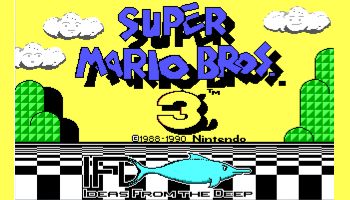
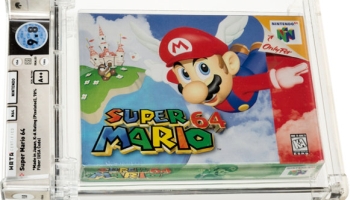
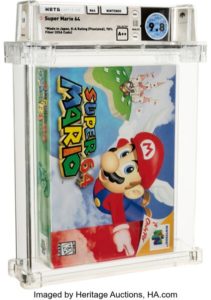
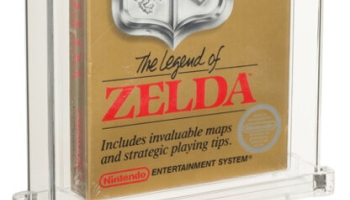
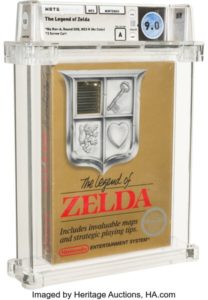




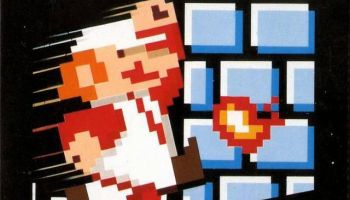
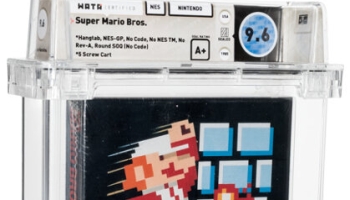
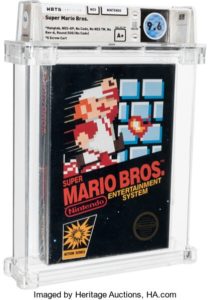
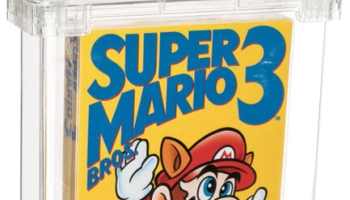
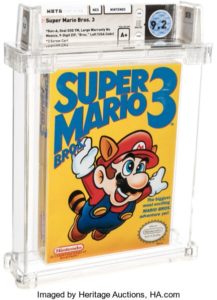
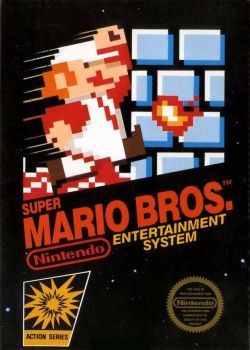 Just last month, Heritage Auctions sold a sealed copy of Super Mario Bros. for
Just last month, Heritage Auctions sold a sealed copy of Super Mario Bros. for 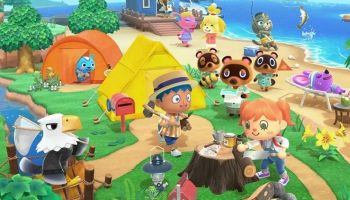
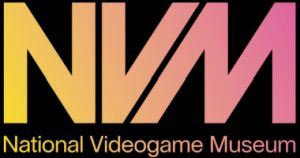 Even before the COVID-19 pandemic forced everyone indoors, Animal Crossing: New Horizons was trending towards a massive launch. But I’m not sure anyone expected it to break as big as it did.
Even before the COVID-19 pandemic forced everyone indoors, Animal Crossing: New Horizons was trending towards a massive launch. But I’m not sure anyone expected it to break as big as it did.